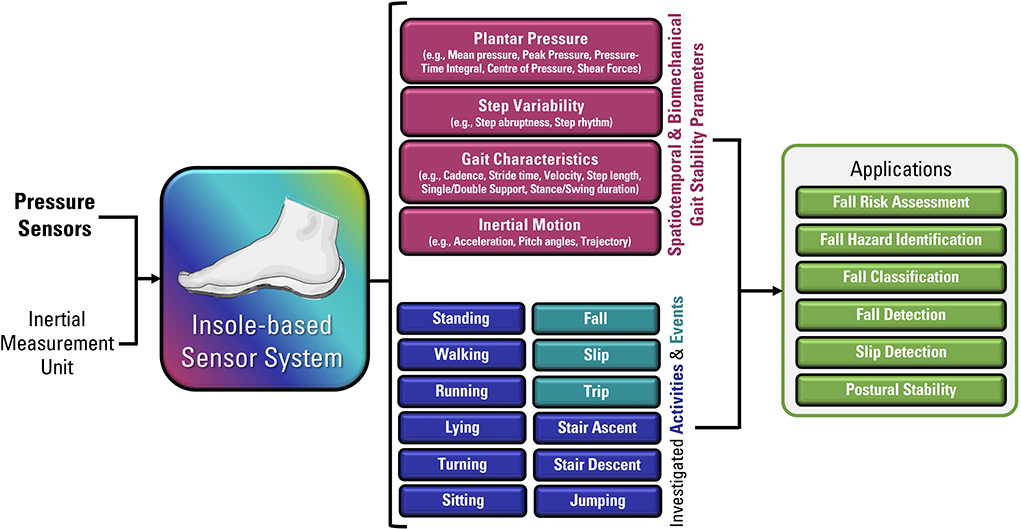The Ultimate Guide To Dementia Fall Risk
Wiki Article
The Best Strategy To Use For Dementia Fall Risk
Table of ContentsAll About Dementia Fall RiskAbout Dementia Fall RiskRumored Buzz on Dementia Fall RiskFascination About Dementia Fall Risk
A loss risk evaluation checks to see exactly how most likely it is that you will certainly drop. The analysis usually includes: This includes a collection of inquiries concerning your overall health and wellness and if you have actually had previous falls or issues with balance, standing, and/or walking.Interventions are recommendations that might minimize your risk of dropping. STEADI consists of 3 steps: you for your risk of dropping for your threat aspects that can be enhanced to attempt to stop falls (for instance, equilibrium issues, impaired vision) to lower your danger of falling by making use of reliable methods (for example, giving education and learning and sources), you may be asked several concerns including: Have you dropped in the previous year? Are you fretted concerning dropping?
If it takes you 12 secs or even more, it may mean you are at higher danger for a loss. This test checks toughness and balance.
Relocate one foot midway onward, so the instep is touching the huge toe of your various other foot. Relocate one foot totally in front of the other, so the toes are touching the heel of your other foot.
Getting My Dementia Fall Risk To Work
Many falls occur as a result of several contributing factors; for that reason, handling the risk of dropping starts with determining the aspects that add to drop threat - Dementia Fall Risk. A few of the most relevant threat aspects include: Background of previous fallsChronic clinical conditionsAcute illnessImpaired stride and balance, reduced extremity weaknessCognitive impairmentChanges in visionCertain high-risk medicines and polypharmacyEnvironmental aspects can also raise the threat for falls, including: Poor lightingUneven or harmed flooringWet or slippery floorsMissing or damaged hand rails and order barsDamaged or incorrectly fitted tools, such as beds, wheelchairs, or walkersImproper usage of assistive devicesInadequate supervision of the individuals staying in the NF, including those that display hostile behaviorsA effective fall threat administration program requires a comprehensive professional analysis, with input from all members of the interdisciplinary group

The care strategy need to likewise include interventions that are system-based, such as those that advertise a risk-free environment (proper lights, handrails, order bars, etc). The effectiveness of the treatments ought to be reviewed occasionally, and the care plan changed as essential to show adjustments in the fall danger assessment. Carrying out a loss risk management system making use of evidence-based finest practice can lower the prevalence of falls in the NF, while restricting the possibility for fall-related injuries.
Little Known Questions About Dementia Fall Risk.
The AGS/BGS guideline recommends evaluating all adults matured 65 years and older for loss risk yearly. This screening contains asking people whether they have actually dropped 2 or even more times in the previous year or looked for clinical interest for a loss, or, if they have not dropped, whether they really feel unsteady when strolling.Individuals who have actually fallen when without injury needs to have their equilibrium and stride evaluated; those with gait or equilibrium problems need to receive added analysis. A history of 1 loss without injury and without stride or equilibrium issues does not necessitate further analysis past continued annual loss threat testing. Dementia Fall Risk. A loss danger evaluation is called for as component of the Welcome to Medicare assessment

The Greatest Guide To Dementia Fall Risk
Documenting a drops history is among the quality indications for autumn avoidance and management. A critical part of threat official source evaluation is a medication evaluation. Numerous classes of medications raise fall danger (Table 2). Psychoactive medications in specific are independent forecasters of drops. These medications often tend to be sedating, alter the sensorium, and impair balance and gait.Postural hypotension can typically be relieved by lowering the dosage of blood pressurelowering medications and/or stopping medicines that have orthostatic hypotension as an adverse effects. Usage of above-the-knee support hose and copulating the head of the bed raised may likewise minimize postural decreases in high blood pressure. The recommended elements of a fall-focused physical evaluation are displayed in Box 1.

website link A Yank time higher than or equal to 12 secs recommends high autumn risk. Being incapable to stand up from a chair of knee height without using one's arms suggests boosted loss threat.
Report this wiki page